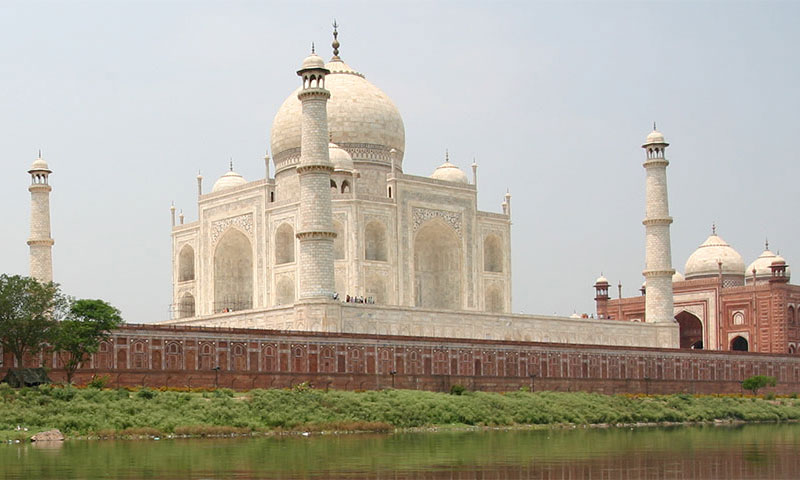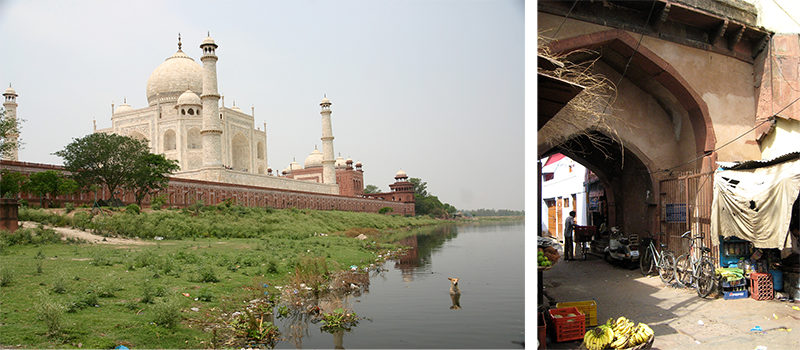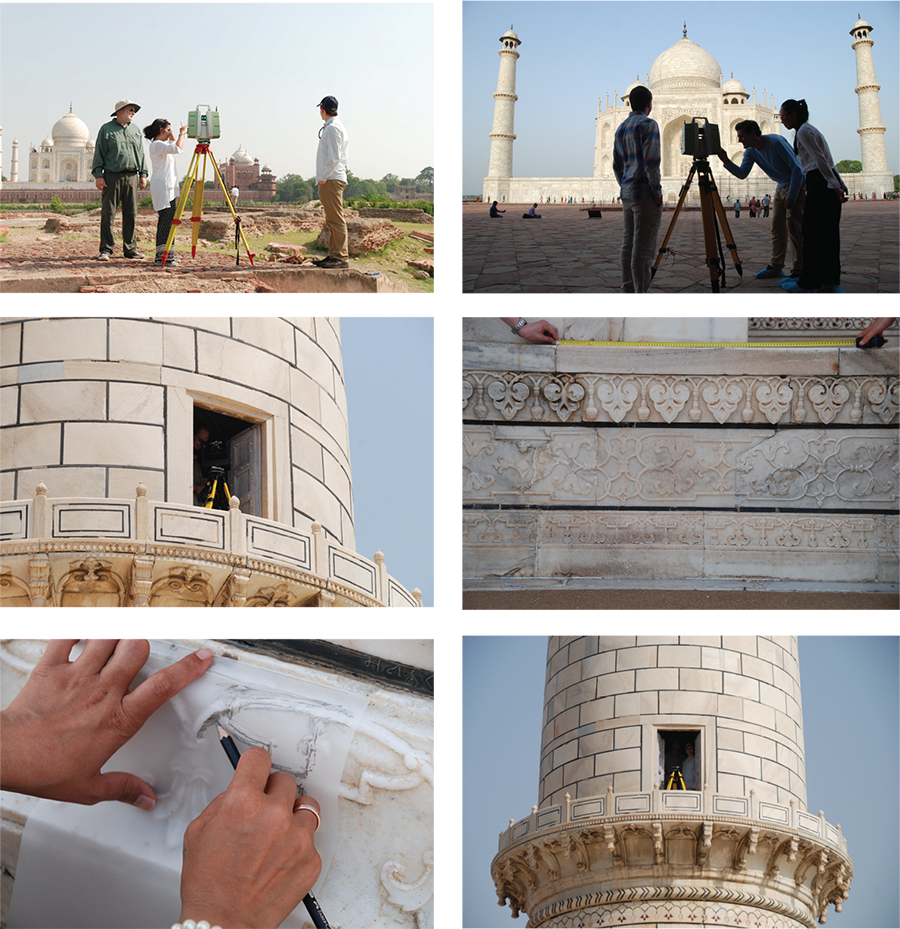|
Tourism and issues of conservation at Taj Mahal |
||||
|
A silent threat to Taj Mahal for a long time, tourism has impacted the mauseoleum both directly and indirectly, as well as positively and negatively. The sheer mass of people that visit the site causing gradual degradation of the site. Over time, that amounts to a lot of necessary restoration and upkeep, some of which needs a holistic approach keeping the monument’s age, past and future in mind. There needs to be consistency over time in the methods used for facilitating tourists through the site as well as in the restoration methods called to action to address the tourist’ impact on the site. DHARMA is calling attention to the impact of tourism on the site and the continuous strain of upkeep caused. |
||||
|
Assessing impact of tourism |
||||
|
The experience at Taj is incomplete without understanding and going through the complete complex as it was first intended. Archeologist Ebba Koch has described in her latest book The complete Taj Mahal, the areas along the riverfront of Yamuna and the market place in front of Taj that are a part of the Taj complex and how the site functioned as one entity during Mughal times. The urban entrance to Taj was once connected to Taj Ganj, the traditional bazaar area just outside Taj (Koch 2003). Based on the cross axis used in the planning of Mughal gardens (charbagh) and tomb plans, the Taj Ganj area was composed in the traditional Shah Jahani architecture, with small niches in the complex compound that surrounded all four quadrants of the bazaar. During Dr. Krusche's survey in summer 2008, a large part of the original walls of the compound to be still existing, but thickly embedded in the residential fabric of the neighborhood. Both the cross axial streets leading to Taj were once much more wider than they are today. They have been encroached and filled in to form shops in front and residences behind. Some have even managed to create courtyards in center of individual houses with terraces above. |
||||
|
River front view (left) and existing original gate in Taj Ganj (right) (credit: DHARMA) |
||||
|
Assessing material damage and planning for restoration |
||||
|
This universally admired masterpiece was put on the world heritage in danger list by UNESCO after receiving reports of problems associated to weathering of marble due to pollution from nearby industry. Marble due to its lime composition and sedimentary state is easily corroded due to acidic impact from pollutants like sodium chloride, sodium hydroxide, nitric acid and sulphuric acid that are part of rain water in highly polluted environments.
|
||||
|
DHARMA team on site at Taj Mahal (credit: DHARMA, 2016) |
||||




